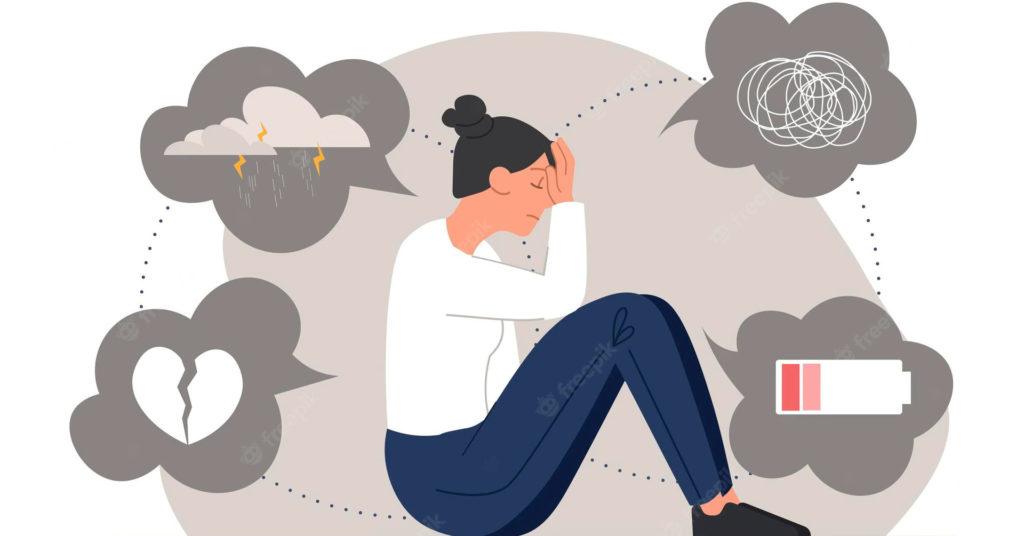The Xanax dilemma encapsulates a complex interplay between its therapeutic benefits and potential risks, a balance constantly scrutinized by healthcare professionals and patients alike. At its core, Xanax, a benzodiazepine, is a potent anxiolytic hailed for its rapid onset of action and efficacy in managing anxiety disorders. For individuals grappling with debilitating anxiety, the relief provided by Xanax can be transformative, offering respite from overwhelming distress and restoring a semblance of normalcy to daily life. Its ability to swiftly alleviate symptoms is unparalleled, making it a cornerstone in the pharmacological arsenal against anxiety. However, this very efficacy harbors the seeds of its dilemma. Xanax’s rapid relief can foster dependency and addiction, drawing individuals into a cycle of escalating doses and cravings. What begins as a temporary solution can morph into a long-term reliance, with withdrawal symptoms exacerbating anxiety and reinforcing the need for continued use.

Moreover, the sedative properties of Xanax raise concerns about cognitive impairment and psychomotor disturbances, posing risks not only to individual well-being but also to public safety, particularly when operating machinery or driving and buy xanax bitoin. The potential for overdose, especially when combined with other central nervous system depressants like alcohol, amplifies the gravity of its risks. Yet, the decision to prescribe or consume Xanax is not merely a binary calculation of benefits versus risks; it is a nuanced assessment that must consider the context of each individual’s condition, medical history, and lifestyle factors. For some, the immediate relief afforded by Xanax may outweigh the potential risks, offering a lifeline in moments of acute distress or crisis. Others may find greater benefit in alternative treatments, such as therapy or non-benzodiazepine medications, which mitigate the risk of dependency and cognitive impairment.
In navigating this dilemma, healthcare providers are tasked with a delicate balancing act, weighing the imperative to alleviate suffering against the imperative to do no harm. Shared decision-making, grounded in open communication and informed consent, becomes paramount, empowering patients to actively participate in their treatment journey and weigh the trade-offs inherent in xanax generic use. Additionally, comprehensive monitoring and regular reassessment are essential to mitigate the risks of dependency and misuse, ensuring that therapeutic interventions remain aligned with evolving clinical needs. Ultimately, the Xanax dilemma underscores the complexity of modern psychiatry, where the pursuit of relief must be tempered by a nuanced understanding of both the benefits and risks inherent in pharmacological interventions. As our understanding of anxiety disorders continues to evolve and alternative treatment modalities emerge, the Xanax dilemma serves as a poignant reminder of the enduring imperative to tread cautiously, mindful of the delicate equilibrium between healing and harm.